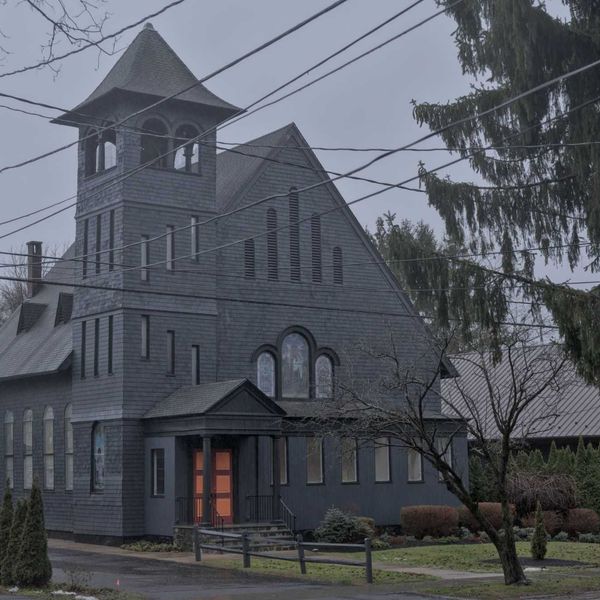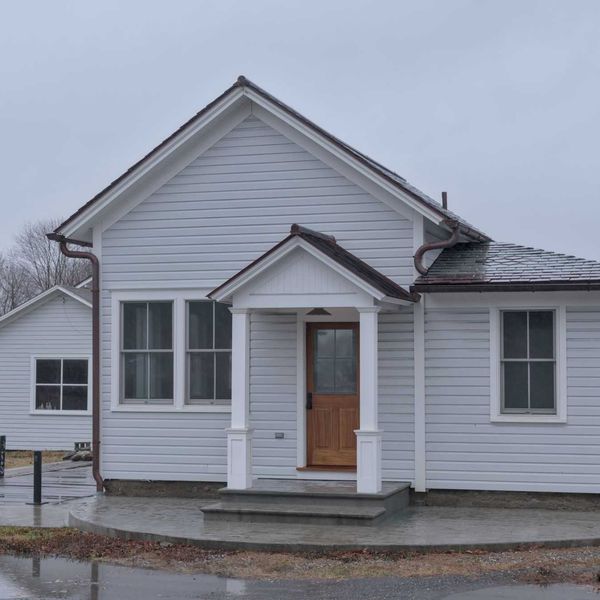CCEDC assesses its 2023 impact in Dutchess County
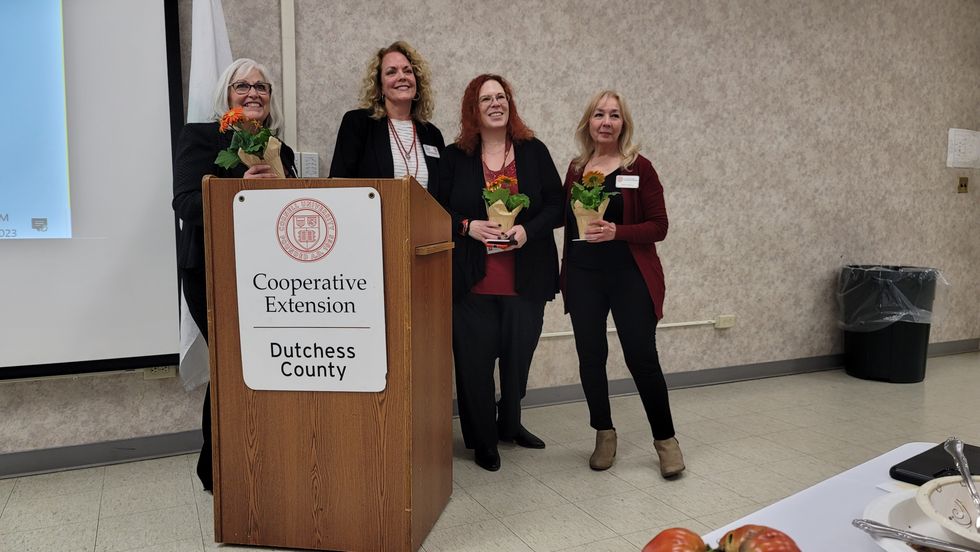
From left: Marcy Latella, CCEDC Executive Director Mary Lou Carolan, Heather Ohlson and Angela Sullivan speak at the annual breakfast and meeting at the CCEDC. Photo courtesy North East Community Center




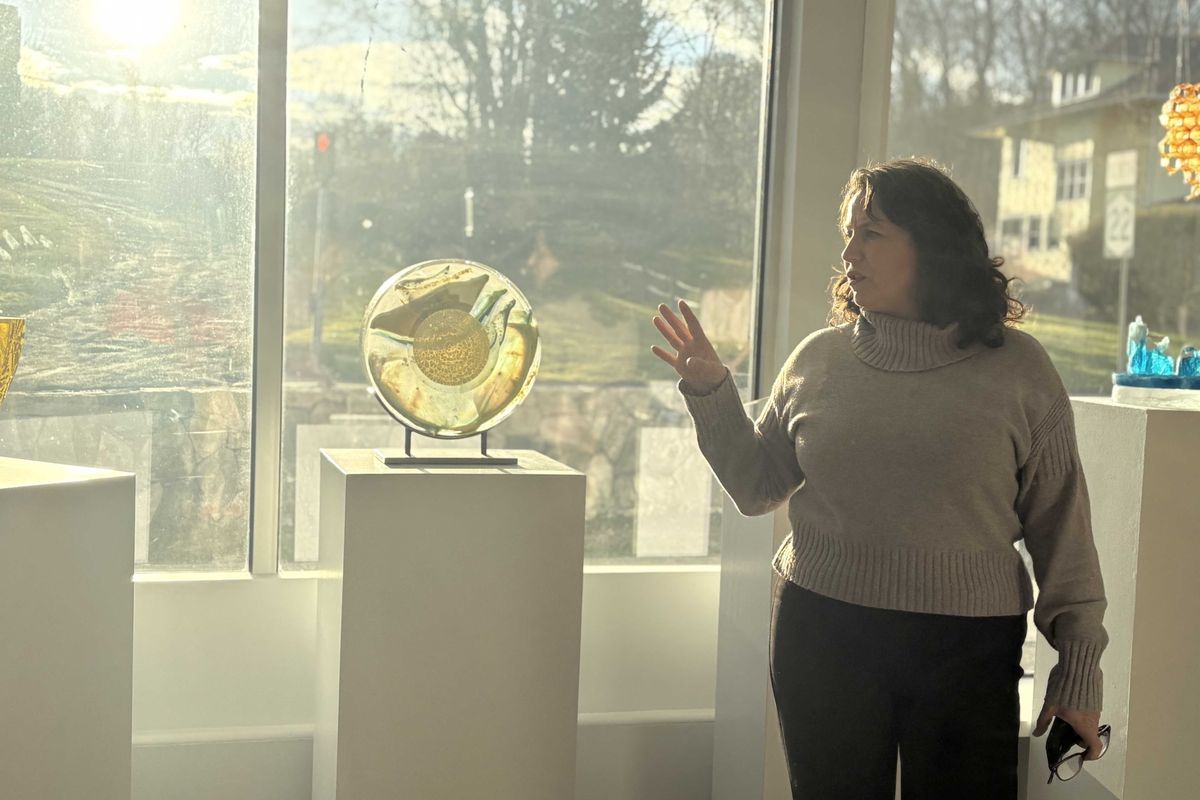



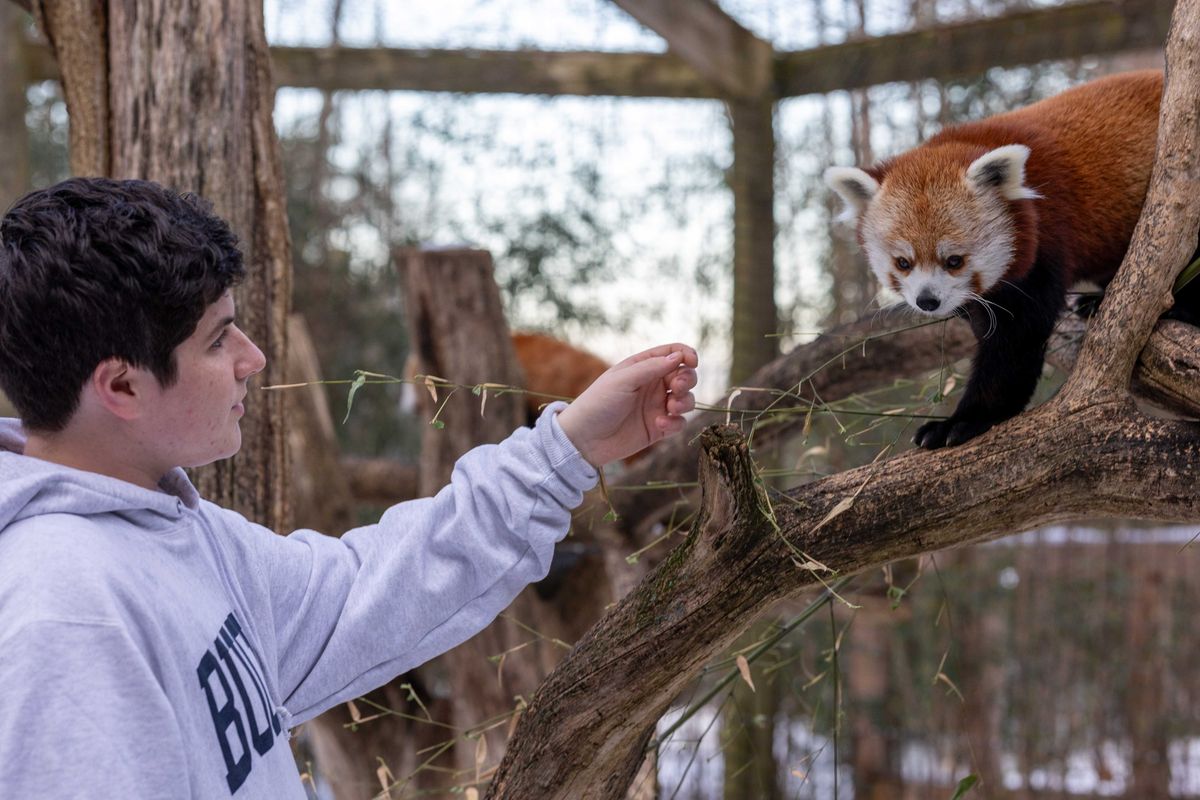
 Max Amsterdam feeds a red panda at the Trevor-Lovejoy Zoo on the Millbrook School campus on Wednesday, Dec. 17. Amsterdam said he became interested in the school's zoo in his freshman year when he watched an older student perform a biopsy on a wolf that had passed away at the zoo.Photo by Aly Morrissey
Max Amsterdam feeds a red panda at the Trevor-Lovejoy Zoo on the Millbrook School campus on Wednesday, Dec. 17. Amsterdam said he became interested in the school's zoo in his freshman year when he watched an older student perform a biopsy on a wolf that had passed away at the zoo.Photo by Aly Morrissey
